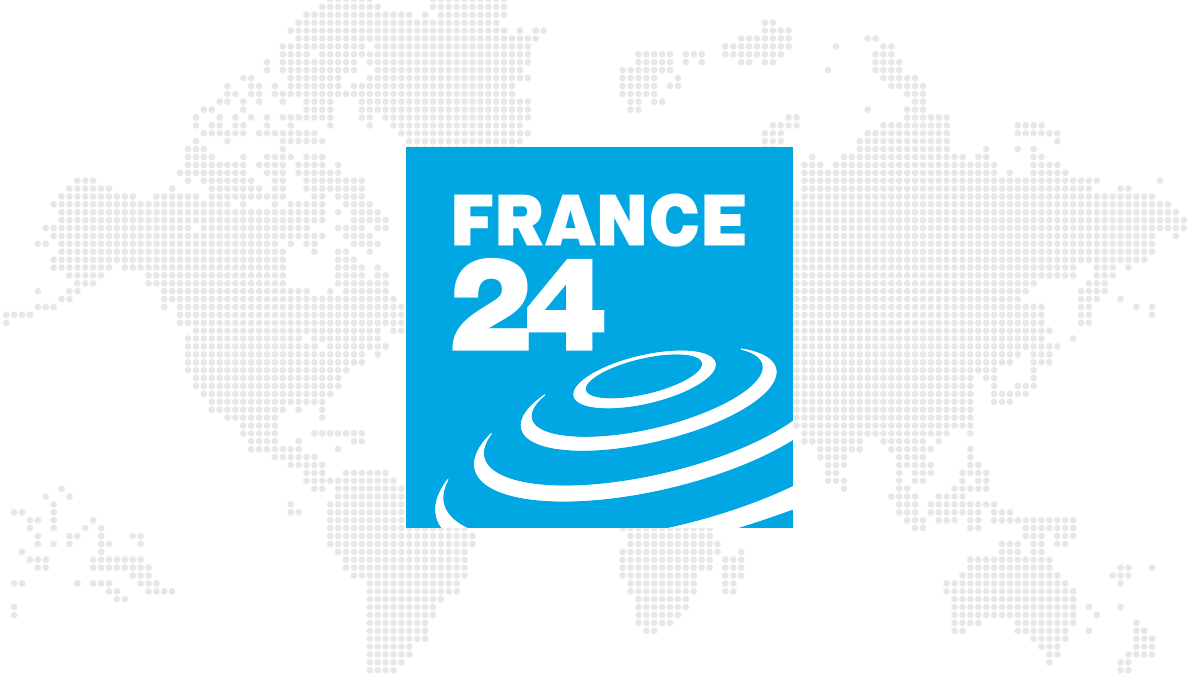Paris (AFP)
From the best athletes to single amateur runners, many will have the same pair of shoes on Sunday in the streets of New York for the most popular marathon in the world: the "Vaporfly" of Nike, a model that beats as many records as it raises questions.
On October 12, the Kenyan Eliud Kipchoge, marathon world record holder, completed the 42.195 km in 1 h 59 min 40 sec, breaking the symbolic bar of the two hours on the distance from the bottom of the race, in an unregistered race where everything had been put in place for performance.
Everything ... to the shoes: Kipchoge wore a new prototype of "Vaporfly", Nike's flagship marathon basketball, with three carbon blades and four air cushions on the inside.
The next day, her compatriot Brigid Kosgei exploded in Chicago the female world record in the distance in 2:14:04, improving it by 81 seconds, the same sneakers on the feet, in their version marketed since 2017 (only one blade of carbon in the sole).
"When we wear them, we are tilted towards the front of the foot, it's a bit like spiked shoes, right away, we want to run," says AFP coach Pierre-Jean Vazel. many top athletes, who tested the model. "In addition, there is an elastic return when the support, related to the mechanical properties of the shoe.It would be exaggerated to compare that with a spring, but there is a better shock absorption that saves money. 'energy."
- Ultra-domination -
Among the "running fast" marathon shoes, the Nike have dethroned the Adidas, which allowed the Ethiopian Haile Gebrselassie to pass under 2 hours 04 minutes in 2008, or Kenyan Dennis Kipruto Kimetto to break the barrier from 2:03 to six years later.
But at the Rio Games, in 2016, this is the model of the mark at the comma worn by the three medal-winning marathoners among men. The "Vaporfly" were also at the feet of eight of the ten winners, men and women alike, of the 5 major marathons in 2019 (Tokyo, Boston, London, Berlin and Chicago), while waiting for New York on Sunday.
An ultra-domination that questions among the athletes. On October 15, the British newspaper The Times reported that athletes had appealed to the International Athletics Federation (IAAF), arguing that the shoe gave an unfair advantage to those who wore it.
"When a manufacturer puts several carbon blades in the sole, with air cushions, it's no longer a shoe, it's a spring", reacted a few days later on Instagram Ryan Hall, the US record holder. United on a half marathon. "And it gives a clear advantage to whoever wears these shoes."
What would allow Kipchoge to win the precious seconds he needed to pass under two hours? "We can imagine that it helped him, but it's impossible to know how much," relativizes Pierre-Jean Vazel, recalling that conversely, records have already been beaten barefoot. "From the scientific point of view, it would be necessary to be able to compare all things being equal, and there we can not, in addition, athletes do not react in the same way to technical innovations, some will see their performances really improve, others not at all. "
- Technological demonstration -
The International Association of Athletics (IAAF), whose regulation is very vague on the issue, has set up a working group to "encourage the development and use of new technologies while preserving the fundamental characteristics of sport".
Meanwhile, the "Vaporfly" with thick soles and fuchsia colors, sold 275 euros a pair, have invaded the marathon squads, well beyond the elite runners. And the exploits of Kipchoge and Kosgei serve as advertising for the brand.
For Virgile Caillet, the General Delegate of the Sport and Cycle Union, which represents 1,400 companies from the world of sport, it was besides all the stake of the challenge to pass under the two hours.
"This is a technological demonstration rather than a sporting performance, and Nike needed to find that DNA of performance, which we lose little by little when we are a brand worn by the majority of the pack. is on the model of F1: we use this kind of demonstration to sell cars. "
© 2019 AFP

